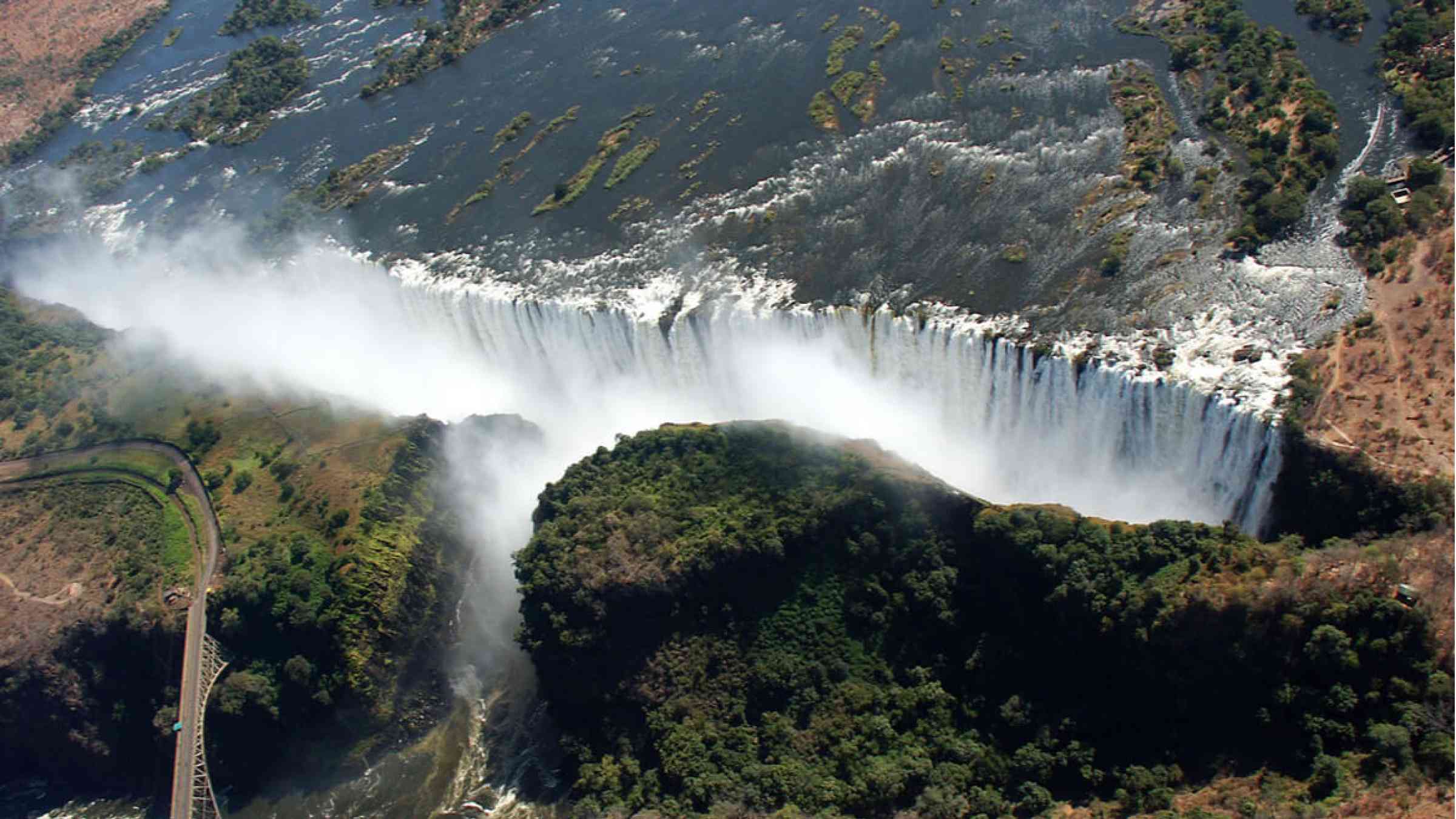Please help us improve PreventionWeb by taking this brief survey. Your input will allow us to better serve the needs of the DRR community.
From recovery to resilience in the Zimbabwean highlands

Zimbabwe is periodically buffeted by cyclones, droughts, floods and related landslides, which in turn spawn health epidemics. To compound matters, climate change is increasing both the frequency and intensity of tropical storms and cyclones in the region. As part of the Zimbabwe Idai Recovery Project funded by the World Bank and managed by the United Nations Office for Project Services, UNESCO has been providing affected communities with support since 2019 to help them make the transition from disaster recovery to long-term climate resilience.
Zimbabweans still recall with horror the passage of tropical Cyclone Idai, which struck the eastern part of the country on 15 March 2019. It was the most devastating natural disaster that the country had ever seen.
The cyclone caused widespread flooding, killed 172 people and destroyed crops on almost 800 000 hectares of agricultural land. Flooding damaged wildlife habitats, contaminated water supplies and brought tourism to a halt. The devastation was exacerbated by extensive deforestation which allowed the rains to flow down hillsides unimpeded, taking topsoil with them.
Both the economy and the environment are taking time to recover, making it likely that the next cyclone will cause even more destruction.
Analysing climate-related risks to be ready for the next disaster
In contributing to the Zimbabwe Idai Recovery Project through its own project, entitled Building Resilience in the Chimanimani and Chipinge Districts, UNESCO has taken a multidisciplinary approach.
Experts began by assessing the risks posed by climate-related hazards to local communities and their livelihoods. This study found that individual households, schools and hospitals were at a particularly high risk of being flooded or submerged by landslides. UNESCO used its Visual Inspection for defining Safety Upgrading Strategies (VISUS) methodology to inform decision-makers about where and how to invest their resources to make schools safer in a disaster.
UNESCO experts have also studied the impact on water security and the wider environment under different scenarii for climate change. To do this, they have used UNESCO’s Climate Risk Informed Decision Analysis (CRIDA) methodology. This five-step process adopts a participatory, bottom-up approach to identify risks to water security from flooding, cyclones and other water-related disasters. Local communities, including indigenous populations, have been involved from the outset in designing this risk analysis.
This approach has provided a more informed starting point for evaluating different options and designing more robust pathways for adaptation that are in tune with local needs, such as drainage ditches to channel excess water and check dams to slow the flow of water (see photo). The risk analysis has then been combined with the information provided by scientific modelling to identify where to adjust the analysis.
One priority has been to set up a Flood and Drought Early Warning System. As a consequence of climate change, ‘we shall see a reduction in precipitation in this area of 30% in the coming decades’, remarks Koen Verbist, Programme Specialist at UNESCO. UNESCO has worked with local communities to develop two new radio stations for the early warning system. These will help to disseminate alerts and practical information to the population, such as on the advantages of using groundwater to irrigate fields in the prolonged absence of rainfall.
A support network for the new biosphere reserve
UNESCO has also supported the community in its desire to become a biosphere reserve. The community’s application to join UNESCO’s World Network of Biosphere Reserves was endorsed on 15 June, this year.
This means that the Chimanimani Biosphere Reserve, as it is now known, will be able to count on the support of Zimbabwe’s other biosphere reserve, the Middle Zambezi, and the African Man and Biosphere Network (AfriMab) in its efforts to manage its territory sustainably as it strives to adapt to current and future climate change.
The Chimanimani Biosphere Reserve has about 154,000 inhabitants, most of whom speak Ndau, an endangered language which is also spoken across the border in Mozambique.
Covering a total surface area of 345,014 ha, the biosphere reserve is home to six key biodiversity areas rich in endemic plants and to 88 archaeological sites. Biodiversity-rich areas include the Chimanimani National Park, the Eland Sanctuary and the Haroni and Rusitu Botanical Reserves, which contribute to tourism. The biosphere reserve also supports smallholder agriculture and forestry and is developing an agro-ecological approach to farming (see photo).
The Chimanimani Biosphere Reserve is now an active partner in a UNESCO project which is using biosphere reserves in Southern Africa as observatories for adaptation to climate change.
Explore further
Please note: Content is displayed as last posted by a PreventionWeb community member or editor. The views expressed therein are not necessarily those of UNDRR, PreventionWeb, or its sponsors. See our terms of use
Is this page useful?
Yes No Report an issue on this pageThank you. If you have 2 minutes, we would benefit from additional feedback (link opens in a new window).